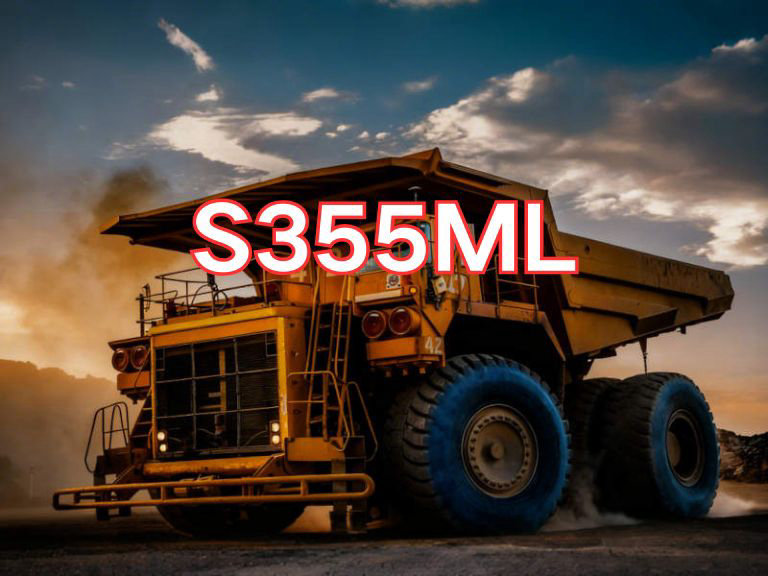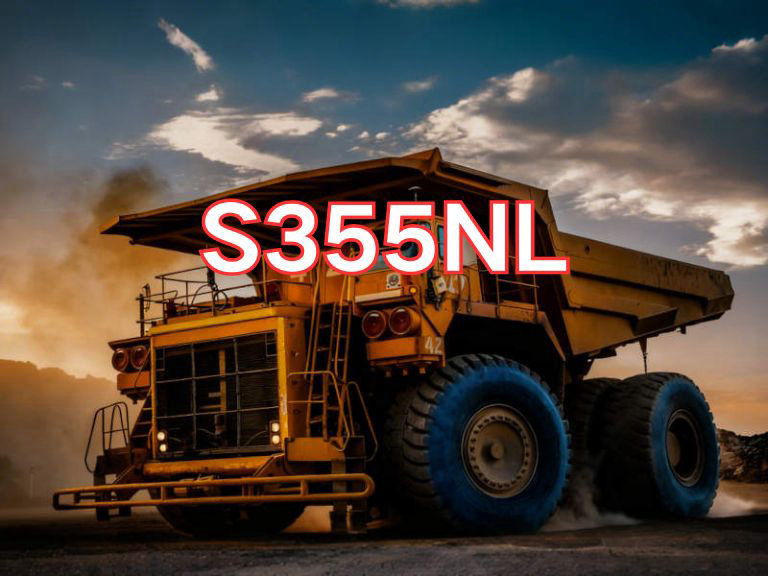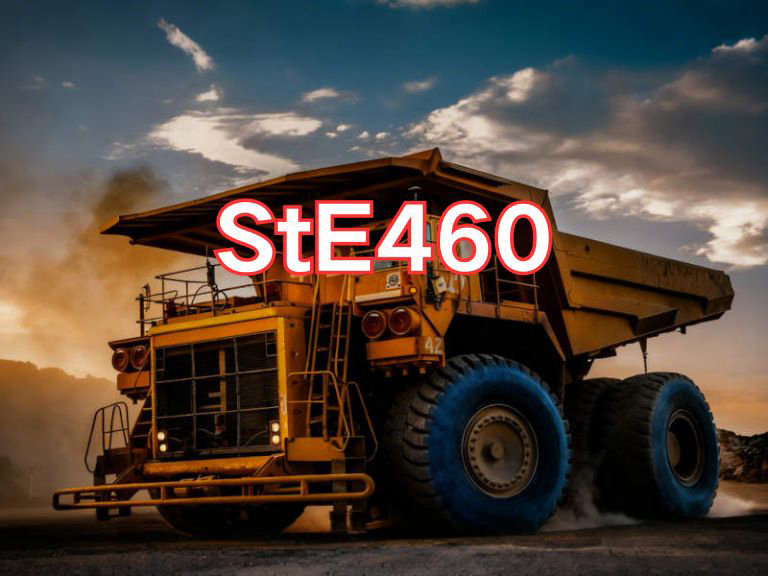

15MnVB
15MnVB is a low-alloy high-strength structural steel, designated according to the Chinese national standard GB/T 3077-1999 "Alloy structural steels." The designation reflects its chemical composition: "15" indicates an average carbon content of approximately 0.15% (in ten-thousandths); "Mn" signifies a relatively high manganese content (typically 1.10%–1.40%), which enhances strength and hardenability; "V" stands for vanadium, added in amounts of 0.05%–0.12%. As a strong carbide-forming element, vanadium effectively refines grain structure, improving the steel’s strength and toughness; "B" indicates the addition of a trace amount of boron (usually 0.0005%–0.0035%). Boron significantly increases hardenability, enabling the steel to achieve excellent comprehensive mechanical properties through heat treatment even with relatively low overall alloy content. Thus, 15MnVB is a low-alloy steel strengthened through a combination of carbon, manganese, vanadium, and boron.
15MnVB steel plate is primarily used in manufacturing mechanical components that require high strength, toughness, and wear resistance. Typical applications include track plates, drive sprockets, road wheels, high-strength bolts, gears, shafts, connecting rods, and wear-resistant parts in mining machinery. Due to its excellent hardenability and tempering stability, this steel is particularly suitable for quenching and tempering treatment (quenching followed by high-temperature tempering), which achieves an optimal balance of high strength and good ductility and toughness. It is widely used in operating conditions subject to high impact loads and abrasive wear.
The main characteristics of 15MnVB include excellent comprehensive mechanical properties and good workability. Through proper heat treatment, it achieves high strength with good impact toughness, along with moderate wear resistance and fatigue strength. Its carbon equivalent is moderate; weldability is acceptable, but preheating is generally required before welding, and post-weld heat treatment is recommended to relieve stresses and prevent cracking. Additionally, the steel exhibits good cold formability and machinability, facilitating component forming and manufacturing.
Currently, the chemical composition and mechanical properties of 15MnVB are primarily governed by GB/T 3077-1999 "Alloy structural steels". Although newer versions exist (e.g., GB/T 3077-2015), the 15MnVB grade remains in use within certain industries. For plate products, manufacturing must also comply with relevant technical specifications for hot-rolled or quenched-and-tempered steel plates. This standard details requirements for chemical composition, delivery condition, mechanical properties, and inspection methods, serving as a key reference for production and acceptance.

Ultrasonic Testing (UT)
A key non-destructive testing technique that uses high-frequency sound waves to detect internal flaws in steel plates. The probe emits sound waves, which reflect when encountering defects such as cracks or inclusions. The receiver captures the echoes, enabling precise determination of defect location and size. With high sensitivity, strong penetration, and fast inspection speed, UT effectively ensures internal quality, widely used in the production of heavy plates, pressure vessel plates, and other high-end products to guarantee safety and reliability.

Magnetic Particle Testing (MT)
A common surface inspection method that magnetizes the workpiece, causing leakage magnetic fields at surface or near-surface defects like cracks or inclusions, which attract magnetic particles to form visible indications. Simple to operate and highly sensitive, MT is suitable for rapid inspection of surface and near-surface flaws in ferromagnetic materials, widely used for online or offline inspection of plate edges, ends, and welds, ensuring product quality and safety.

Penetrant Testing (PT)
A non-destructive method for detecting surface-breaking flaws. A penetrant liquid is applied to the cleaned steel surface, allowing it to seep into defects such as cracks or pores. After removing excess penetrant, a developer is applied, causing the trapped penetrant to bleed out and form visible indications. Simple and cost-effective, PT is suitable for inspecting surface defects in various non-porous materials, commonly used for welds, castings, and complex components, effectively ensuring surface quality of steel plates.












